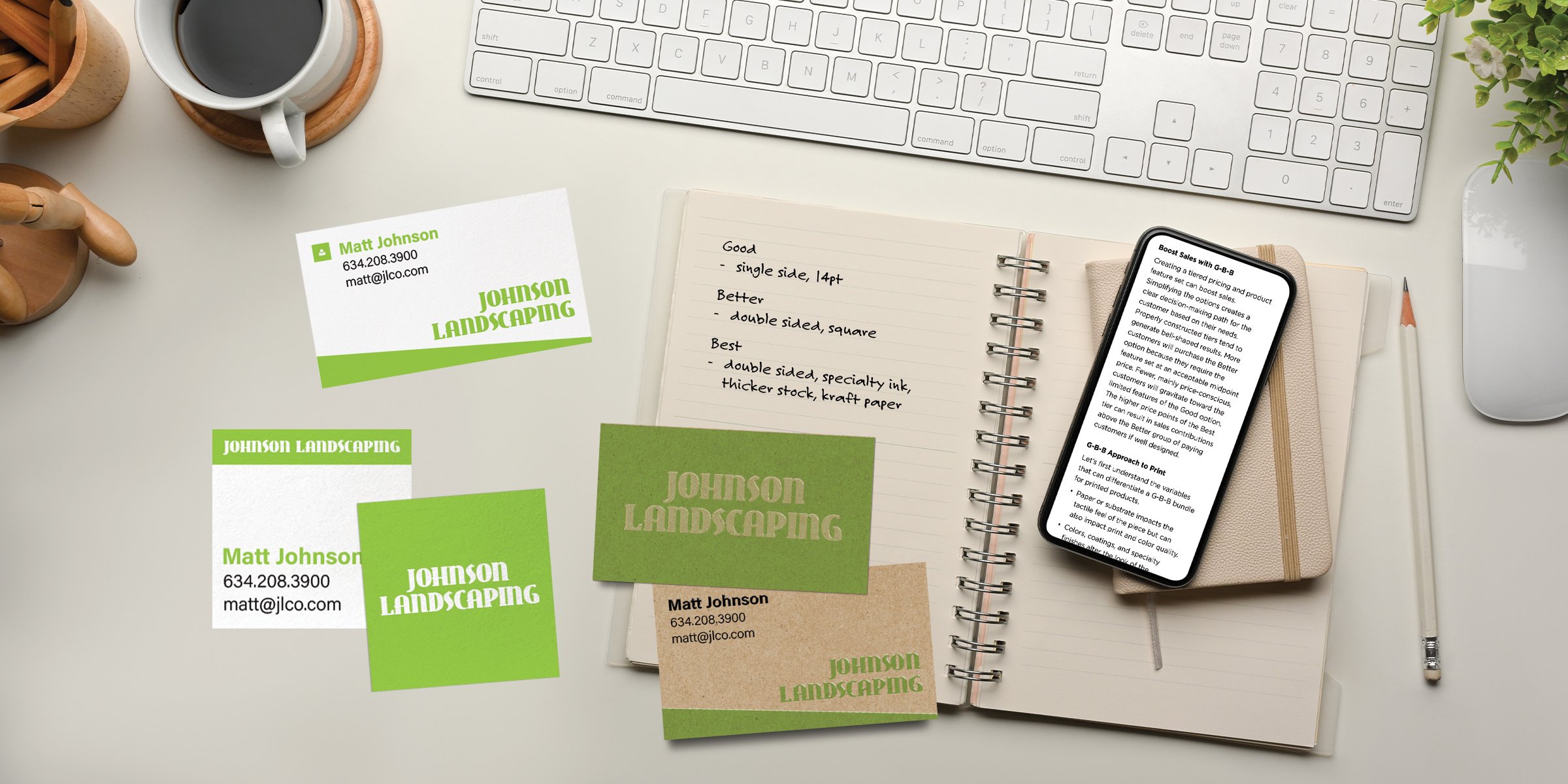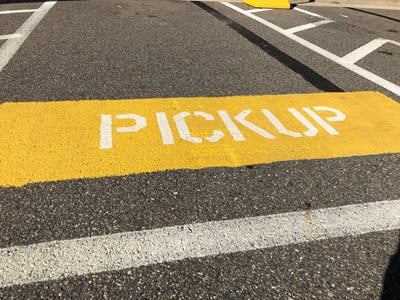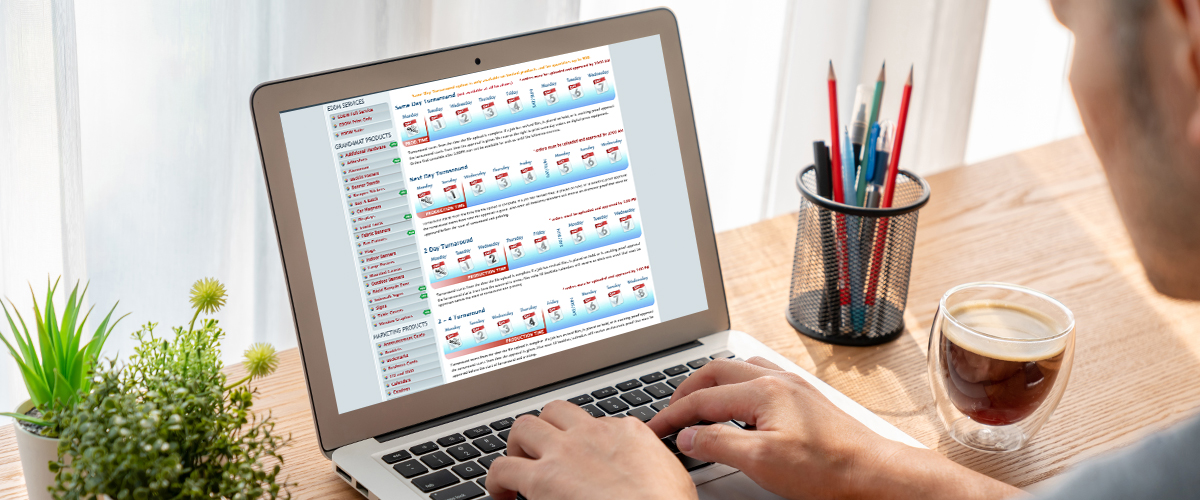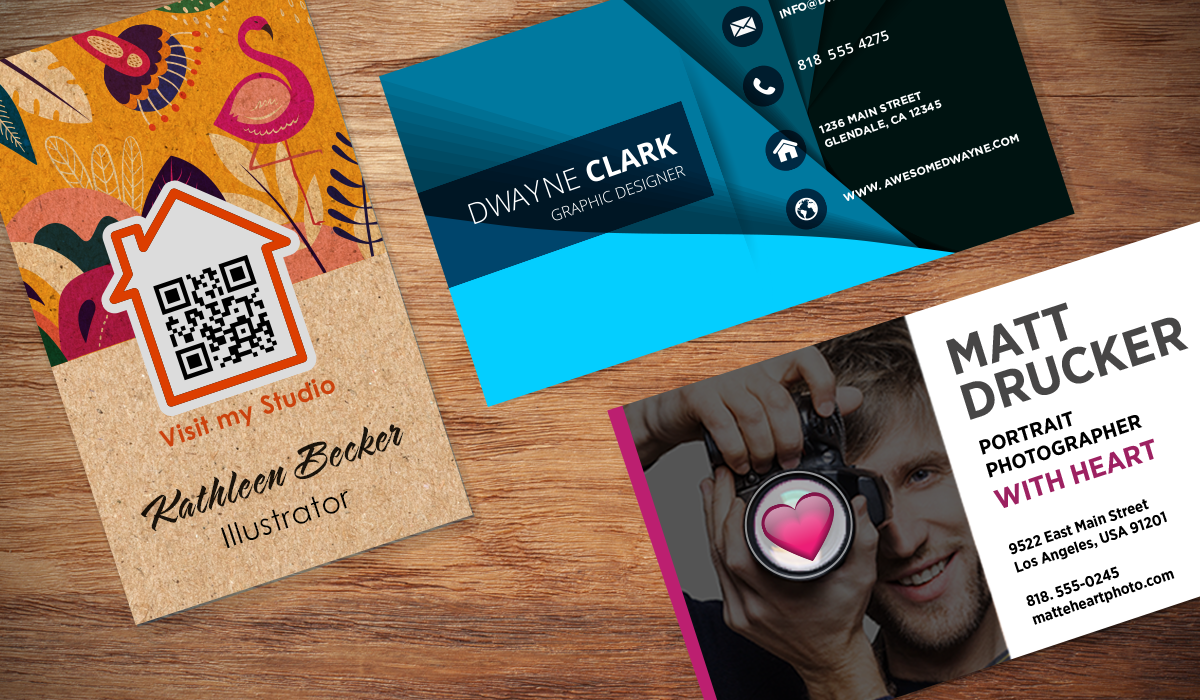Customers expect choices in the items they purchase. The challenge is offering the perception of choice while nudging them to the best selection for their needs. Offer too few variations, and the perception is that more options need to be explored. Offering too many choices brings confusion and paralysis when making a purchase decision. Steve Jobs was a master at balancing this perception to create what some referred to as a reality distortion effect that made us want to buy Apple products. While Jobs was a once-in-a-generation product pitchperson, the reality is that the product portfolio was carefully selected and presented. With the introduction of the first iMac in 1998, Apple followed the Good-Better-Best (G-B-B) sales approach, which it still uses today.
The Good option is the base-level offering for price-conscious buyers. It performs the function but may not have as many features or generate the same results as the Better or Best options. For Apple, the Better has options for more memory or storage space. The Best option maxes out the computer’s specifications and carries the highest price point. Many businesses use tiered pricing to simultaneously encourage higher spending to the most price-conscious customers. The G-B-B method can also work to grow your print sales.
Boost Sales with G-B-B
Creating a tiered pricing and product feature set can boost sales. Simplifying the options creates a clear decision-making path for the customer based on their needs. Properly constructed tiers tend to generate bell-shaped results. More customers will purchase the Better option because they require the feature set at an acceptable midpoint price. Fewer, mainly price-conscious, customers will gravitate toward the limited features of the Good option. The higher price points of the Best tier can result in sales contributions above the Better group of paying customers if well designed.
G-B-B Approach to Print
Let’s first understand the variables that can differentiate a G-B-B bundle for printed products.
- Paper or substrate impacts the tactile feel of the piece but can also impact print and color quality.
- Colors, coatings, and specialty finishes alter the look of the finished product.
- Printing on one side or two sides
- Finished size, where custom or oversized pieces are offered in the better/best tiers.
- Special print and finishing options like Akuafoil or rounded corners to upsell.
Now, apply the G-B-B approach to the everyday business card. Each differentiator can be its own G-B-B category. Using paper alone, the Good option could be the “house” paper, the Better option could use a thicker 18pt, leaving the thickness option of 32pt for the Best option.
Business Card G-B-B with Paper as the Differentiator
|
Good
|
Better
|
Best
|
|
10pt “house” stock
|
18pt; thicker
|
32pt; noticeably thicker
|
The best-tiered strategies combine differentiators to create gates that keep customers from downgrading to a lower-tier option. If most customers want to print on both sides of the business card, offer it only on the Better and Best options. Similarly, any specialty print or finishing like Akuafoil can be reserved only in the Better category. One approach to a G-B-B offering for business cards could be:
G-B-B Offering for Business Cards
|
Good
|
Better
|
Best
|
|
Up to 14pt paper
Single-sided printing only
One size, e.g., 2”x3.5”
CMYK only
No specialty applications
$
|
Up to 20pt paper
Double-sided printing
Multiple standard sizes
CMYK
Coating
$$
|
All stock options
Double-sided printing
Any size incl. irregular
CMYK+
Any specialty application
$$$
|
Go create your G-B-B features and pricing for your most popular print items requested by customers. Tiered pricing makes it easier for your customers to understand the value at each level, leading to a faster sale. The multiple tiers allow you to boost sales to more customers with different budgets and price sensitivities — a win-win. As always, you have the 4over team behind you every step of the way. Don't hesitate to reach out to your sales rep or customer service team for additional support.



